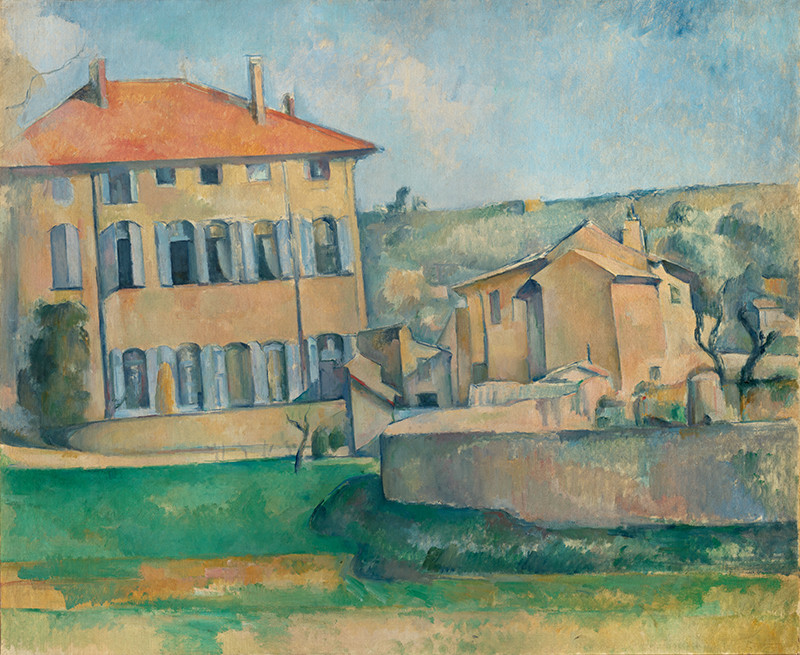The major French painter Paul Cézanne, who
transformed the traditional understanding of painting and pushed it to the
threshold of modern painting, died one hundred and fifteen years ago, on October 22nd 1906, in Aix-en-Provence.
His life and work were linked with southern France, whose landscapes he often depicted in his artworks. The painting House in Aix (1885–1887) from the collections of the National Gallery Prague captures the home in Jas de Bouffan near Aix-en-Provence, which the artist’s family owned. Cézanne created one of his ground-breaking artworks on the basis of a sophisticated composition of geometric shapes and colourful pictorial plans arriving at a new concept based on the internal logic of the painting’s construction. In 1923, The House in Aix was included in an important state purchase of French works of art for the newly established Czechoslovakia. Today, it occupies an important place in the permanent exhibition The First Republic on the third floor of the Veletržní (Trade Fair) Palace.
His life and work were linked with southern France, whose landscapes he often depicted in his artworks. The painting House in Aix (1885–1887) from the collections of the National Gallery Prague captures the home in Jas de Bouffan near Aix-en-Provence, which the artist’s family owned. Cézanne created one of his ground-breaking artworks on the basis of a sophisticated composition of geometric shapes and colourful pictorial plans arriving at a new concept based on the internal logic of the painting’s construction. In 1923, The House in Aix was included in an important state purchase of French works of art for the newly established Czechoslovakia. Today, it occupies an important place in the permanent exhibition The First Republic on the third floor of the Veletržní (Trade Fair) Palace.




